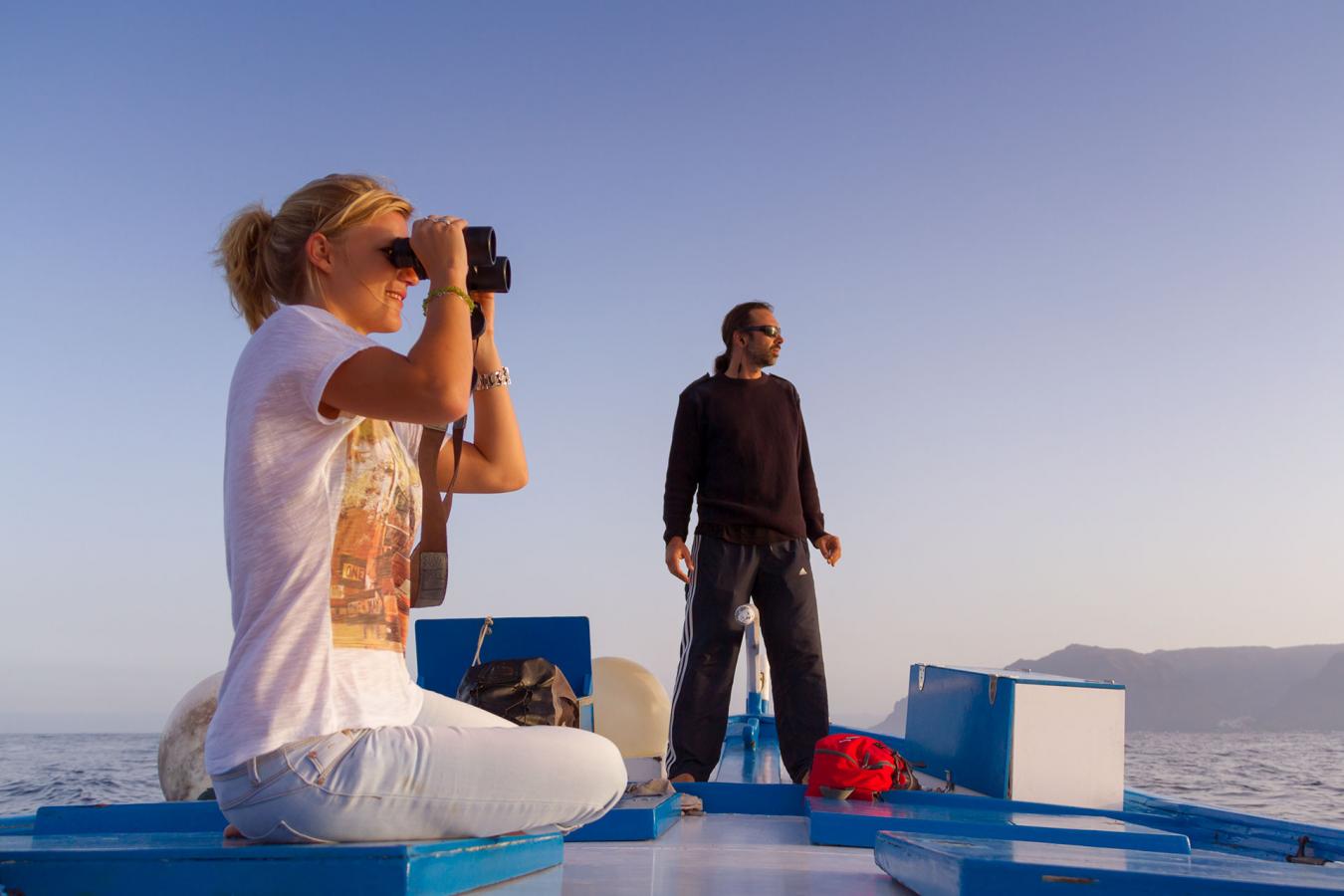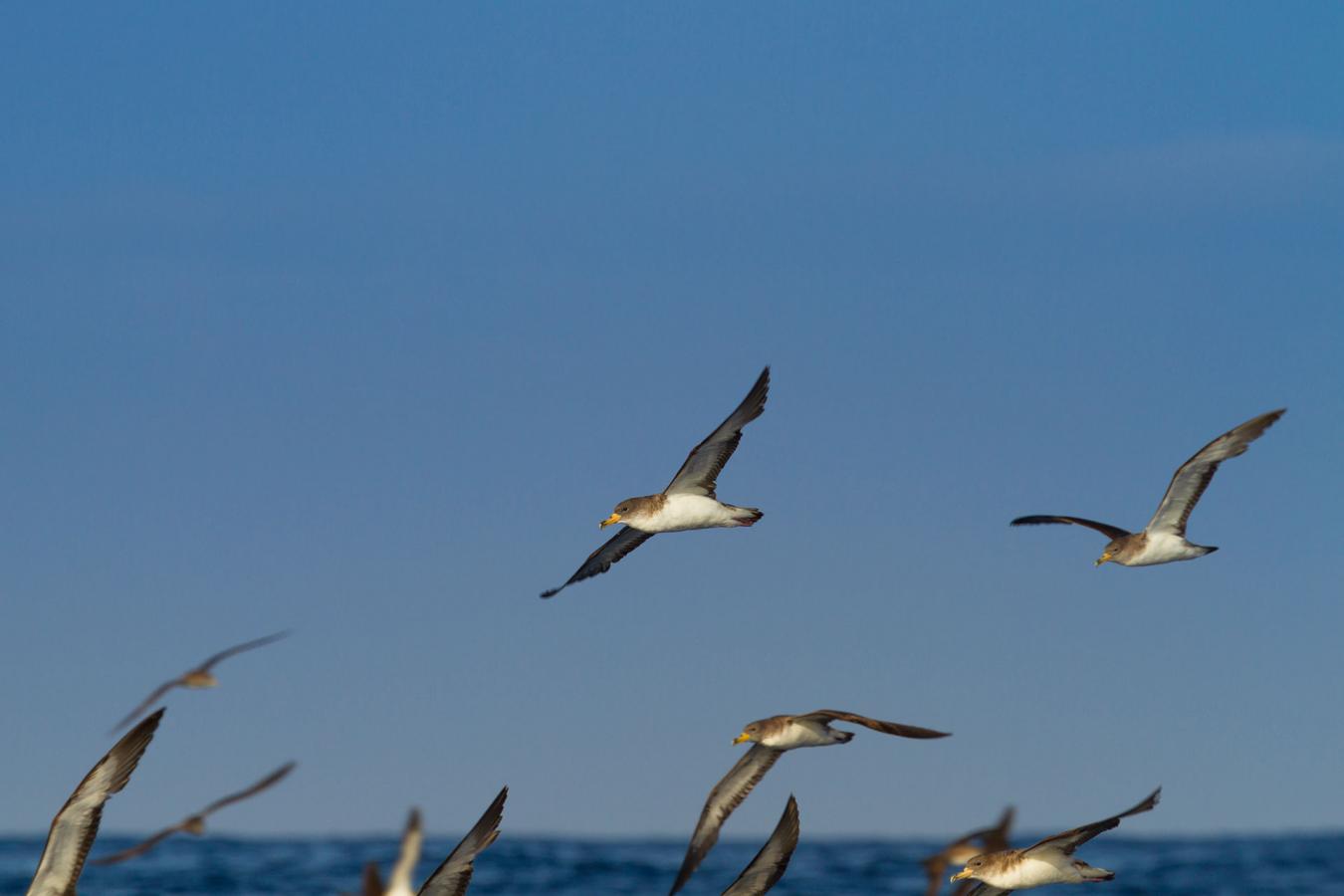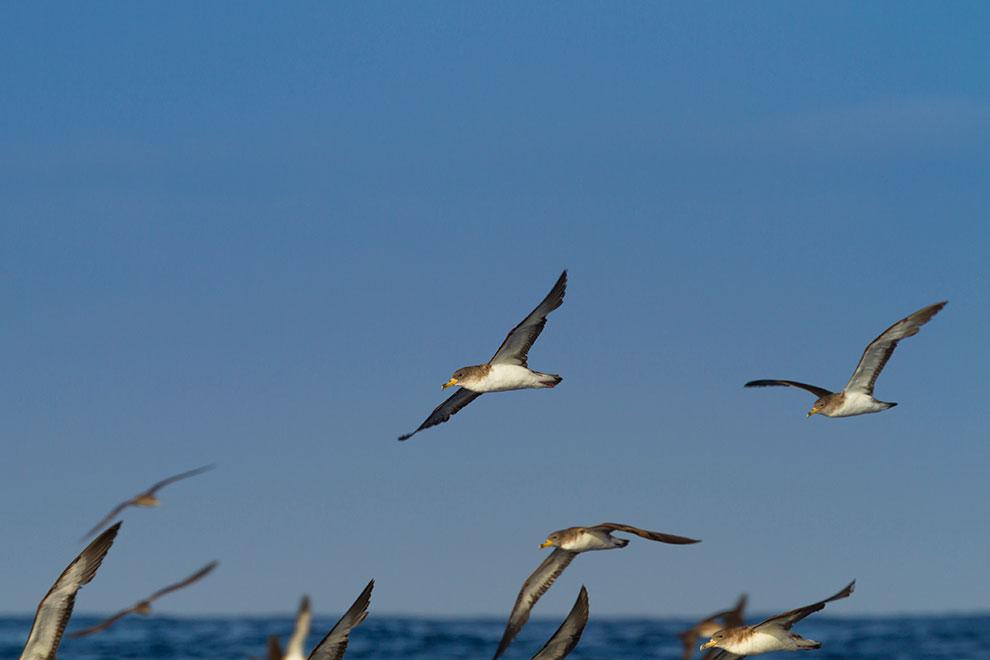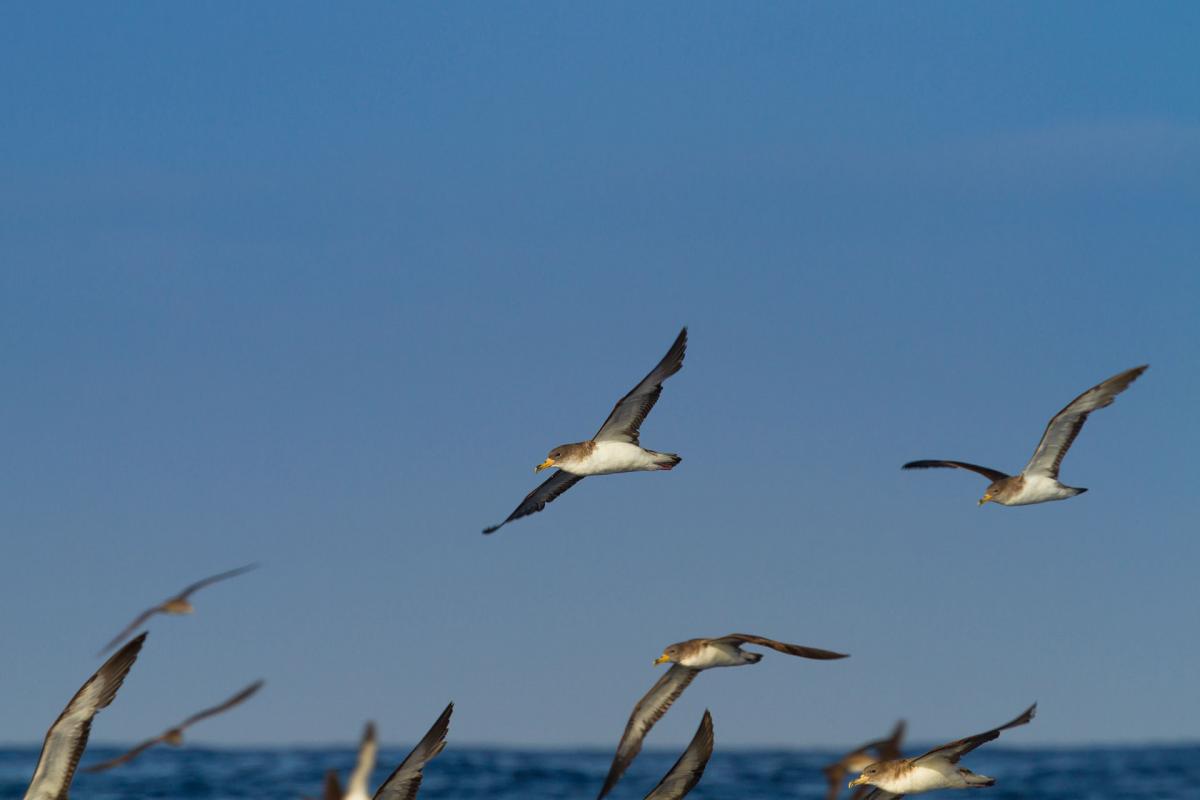Time stands still when watching birds in La Gomera, because the fascination produced by contemplating them in their natural environment, free in an island of practically virgin nature, with no one and nothing for miles, freezes all clocks and restarts the body and mind. All this on an island of recognized environmental value, as it has been declared a World Biosphere Reserve by UNESCO with 4,182 terrestrial species, of which 1021 are endemic. Its treasures include Garajonay National Park, declared a UNESCO World Heritage Site, one of the few remaining laurel forests of the Tertiary era on Earth. In addition to the wonderful experience of watching more than 300 species of birds, more than 50 of them nesting, you can discover and appreciate the way of life of the two endemic birds: the laurel pigeon and Bolle’s pigeon.
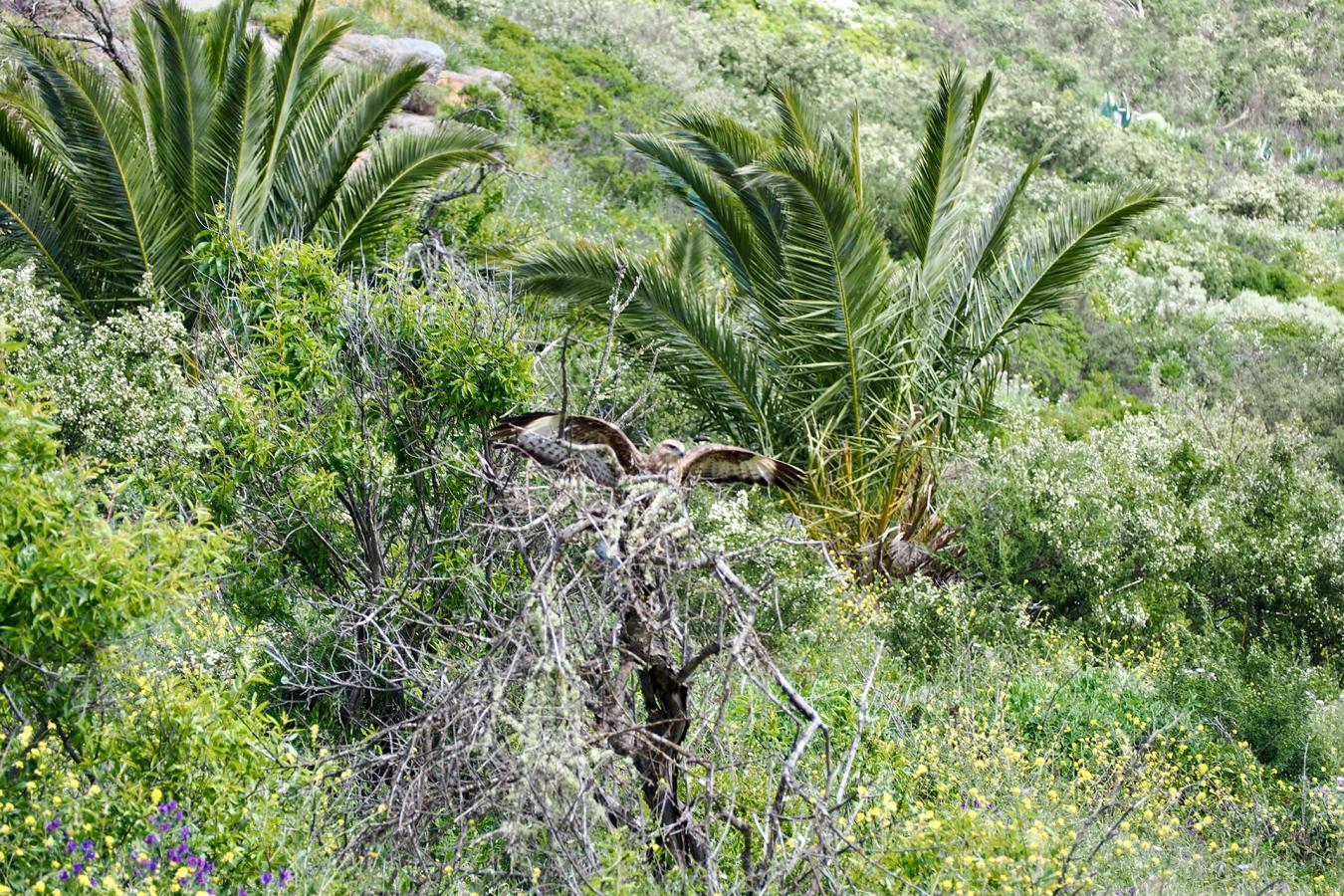
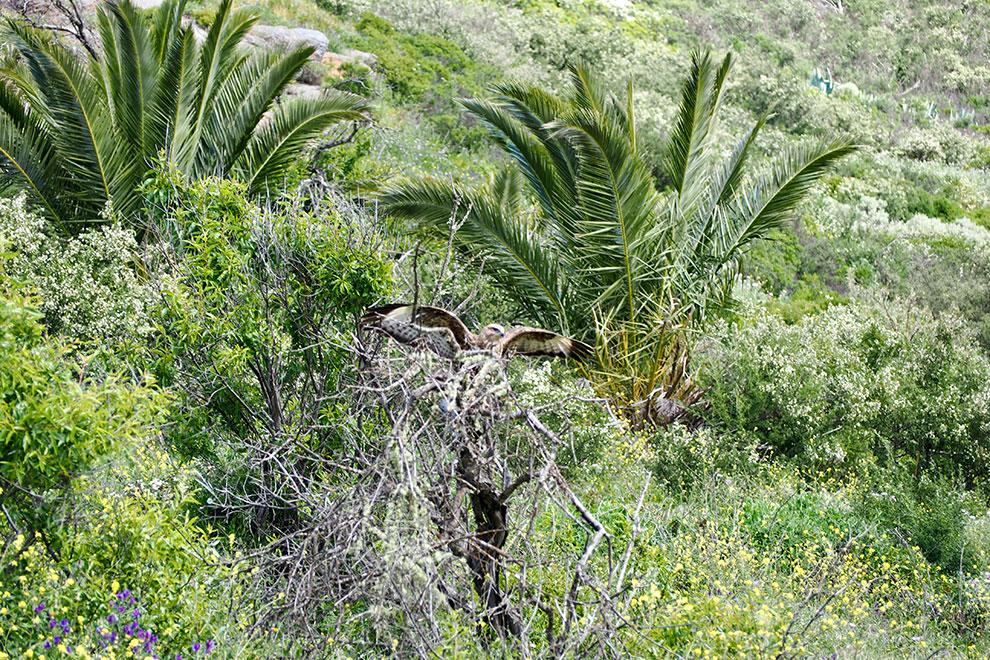

Where We Can Enjoy Birdwatching
La Gomera has 17 Protected Natural Spaces and 5 special bird protection areas called ZEPA. These are areas that ensure the conservation of endemic avifauna and endangered species. You can hike all of the areas by following the routes of APP Info La Gomera. These are the protected areas:
- Majona Coast.El Águila and Avalo. It is located in the surroundings of the Majona Natural Park, in the municipality of San Sebastián. In this area you can see more than 50 different species of birds. Among them, there are common birds such as: Tawny Pipit, Blue Tit, Canary Warbler, Canary Warbler, Canary Warbler and Unicolored Swift.
- The Cliffs of Alajeró. The cliffs are also recognized as a Site of Scientific Interest and their beauty is best appreciated by sea. You can take a maritime route to enjoy them in all their magnitude while observing species such as the osprey, the yellow-legged gull, Scopoli’s or great shearwater and the grey wagtail, among more than 60 different species.
- La Dama, in Vallehermoso and Valle Gran Rey is also a protected area for the protection of birds present in these unique corners of the island. During a tour we will be able to see the common hawk, the blue tit, the plain swift, Scopoli’s or great shearwater or the trumpeter finch or the European greenfinch, the curlew, the ruddy turnstone and the dunlin, among more than 50 other species.
- Los Órganos, in Vallehermoso; Barranco del Cedro and Liria, in Hermigua. The protected natural area of Los Órganos is not only a monument of volcanic origin of great beauty, but also stands out for the birds that can be observed. Among them, there are ospreys and common terns, Scopoli’s shearwater or the Manx shearwater. Among the more than 50 species that can be sighted on the trails that run through the green terraces of Barranco de Liria and El Cedro, there stand out the laurel pigeon and the Bolle’s pigeon, endemic to the Canary laurel forest.
- Garajonay National Park, whose surface is distributed among the municipalities of Vallehermoso, Agulo, Valle Gran Rey, San Sebastián de La Gomera, Alajeró and Hermigua, is a paradise for birdwatchers. This laurel forest, with thousands of years in its roots, is the habitat and passage area for practically all the species that can be seen on the island. We can find the canary, the road warbler, the chiffchaff, the blue tit, the wren and, although they are more difficult to see, also the laurel birds, laurel pigeon and Bolle’s pigeon, which are endemic species of the laurel forests. The route from El Contadero to Alto de Garajonay, for example, is an ideal route to enjoy bird watching. After an hour and a half of hiking through the virgin and magical nature of the park, we can reward ourselves with a delicious watercress stew, which is traditionally prepared in the restaurants of La Gomera. Also, inside the park, in the Laguna Grande, you can observe almost all the birds that live in this natural paradise, “since they go there every day to drink,” says Amparo Herrera Rodríguez, Garajonay National Park Guide.
What Should We Bring for Birdwatching?
Birdwatching requires patience and love of nature, as it is done while hiking the more than 600 kilometers of marked trails that can be found in La Gomera. It is a very relaxing activity for which it is necessary to take binoculars and a telescope, food, drink and suitable clothes for walking, in colors that camouflage us against the vegetation if possible. The basic equipment includes hiking boots, raincoat over a T-shirt to protect us from the humidity of the laurel forest, a cap, long pants to avoid rubbing against the vegetation, and sunscreen. When walking, we can also use walking sticks, “which serve as a safety measure on a downhill slope and uphill help us to make a more complete effort, exercising the legs and arms,” emphasizes Jean Guy Le Roux, environmental educator and official ecotourism guide of La Gomera.
